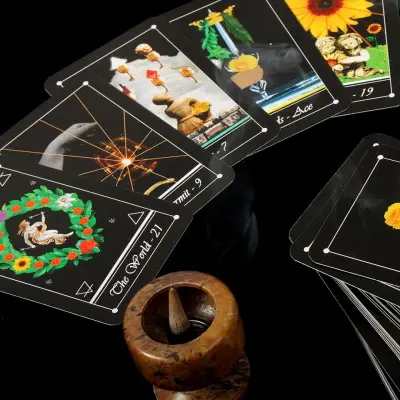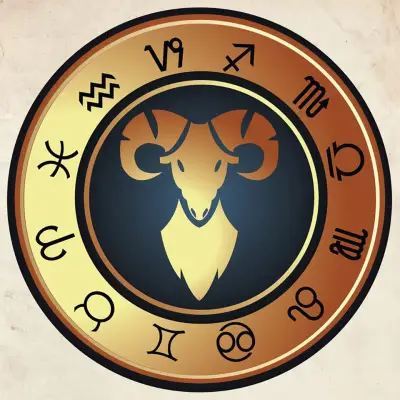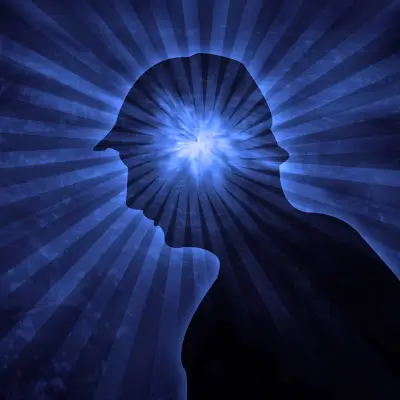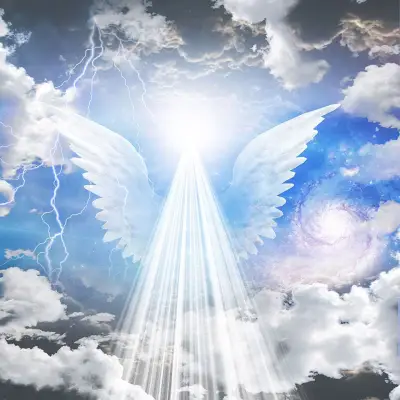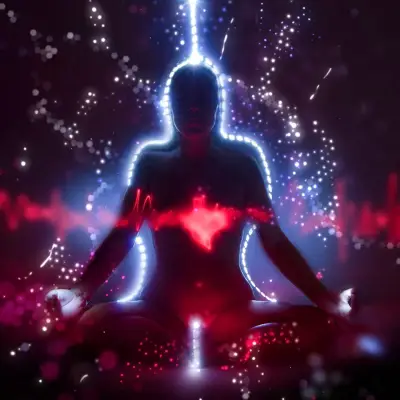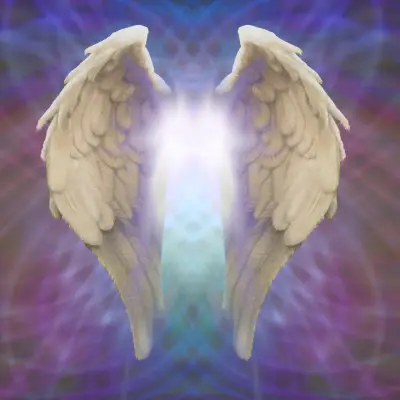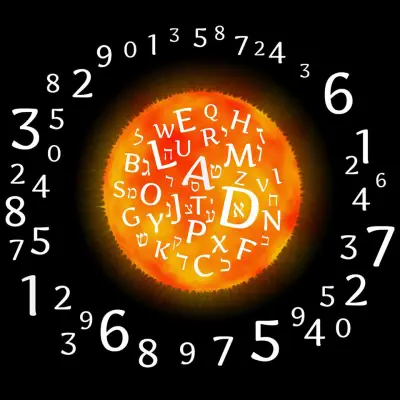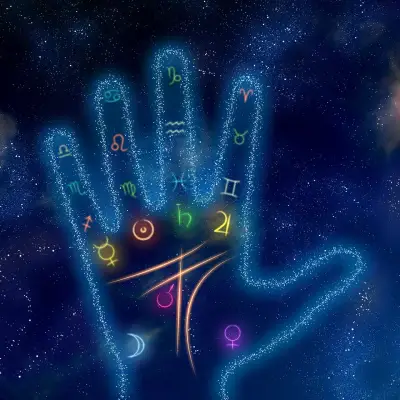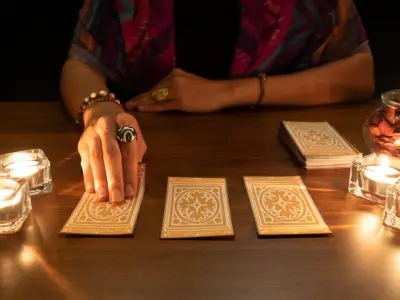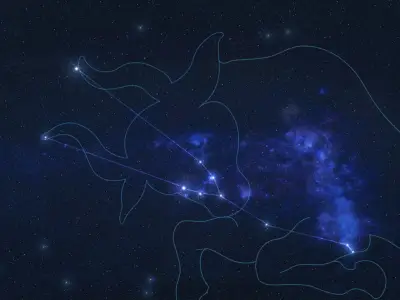Druidism, a spiritual path rooted deeply in nature and the worship of ancestors, is a fascinating subject that bridges the ancient and the modern. Whether you're curious or seeking a deeper understanding of spiritual practices, druidism offers a rich tapestry of history, beliefs, and rituals. Let's dive into the world of druidism, exploring its origins, beliefs, and how it is practised today.
Jump to:
Who Were the Ancient Druids?
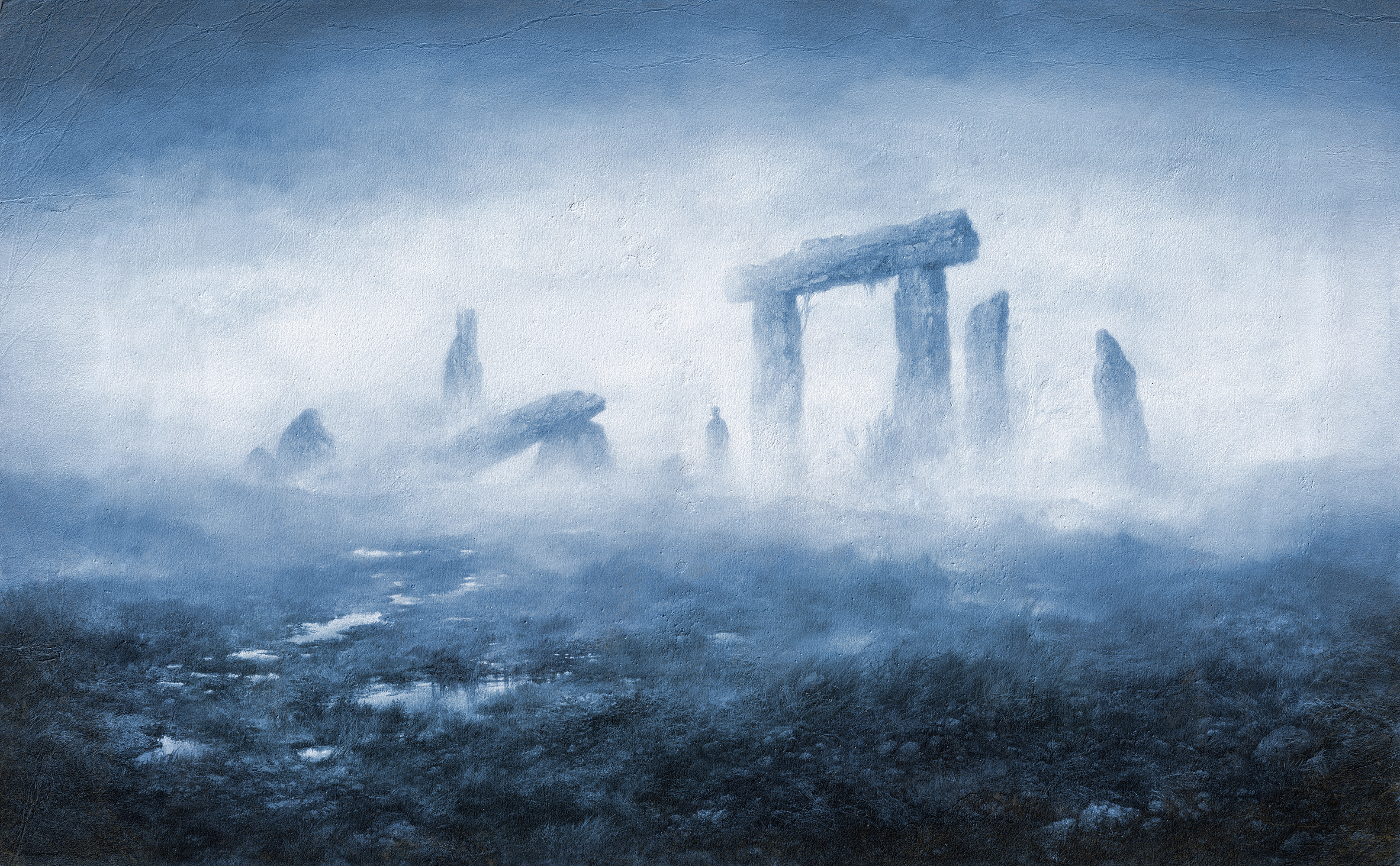
The ancient druids are shrouded in mystery, partly because they left no written records of their own. What we do know suggests they were a highly respected class within Celtic society, involved in various aspects of life, from legal disputes and education to performing ceremonies and rituals.
The Origins of Druidism
Druidism dates back to the Iron Age and was initially associated with the Celtic tribes living in Britain, Ireland, and other parts of Europe. The druids were not just religious figures but also served as judges, teachers, and advisors to the kings. They played an important role in their societies, and their knowledge was passed down orally, which means much of what we know about them comes from secondary sources, such as the Romans.
Beliefs and Practices
Druidism is a polytheistic practice, meaning druids worship multiple gods and figures, often embodying natural elements and aspects of life. They deeply respect nature, seeing it as a manifestation of the divine. This connection to the natural world is central to druidic beliefs, with the cycle of seasons playing a significant role in their rituals and celebrations.
Druidic Rituals and Ceremonies
Druid rituals are connected to the natural world and the cycle of the seasons. Celebrations like the summer solstice are significant, marking the longest day of the year and the triumph of light over darkness. These ceremonies often occur in historically significant locations, such as Stonehenge, which is believed by some to have been built by the ancient druids.
Roles and Responsibilities
The druids' roles were diverse and essential to the fabric of society:
- Educators and Advisors: They were educators, not just in spiritual matters but in a broad curriculum that included philosophy, astronomy, and the natural sciences. Their teachings sought to instil a respect for nature, viewing it as a living, breathing entity intertwined with the divine.
- Legal Experts and Judges: Druids often served as mediators in disputes, their judgements respected for their wisdom and fairness. Their deep understanding of tribal laws and customs enabled them to advise kings and chieftains, ensuring that society functioned harmoniously.
- Ceremonial Leaders: They conducted rituals and ceremonies that marked the changing of the seasons, births, deaths, and marriages. These ceremonies reinforced the community's bond with the land and the cycles of life.
- Healers and Herbalists: With their extensive knowledge of plants and their properties, druids were also the healers and herbalists of their communities. They used natural remedies to treat physical and sometimes spiritual ailments, embodying a holistic approach to health that saw no separation between the health of the body and that of the spirit.
The Role of a Druid Priest
A druid priest acts as a mediator between the community and the divine, leading rituals and ceremonies and providing guidance. Becoming a druid priest involves years of study and practice, as they must be well-versed in druidic lore, mythology, and the natural world.
The Legacy of the Druids
Despite the absence of written records from the druids, their legacy persists through the writings of others, such as the Romans and later Christian scribes, and through the revival of druidic practices in modern times. Their respect for nature, their role as mediators and educators, and their spiritual practices have influenced modern spiritual movements.
Modern Druidism
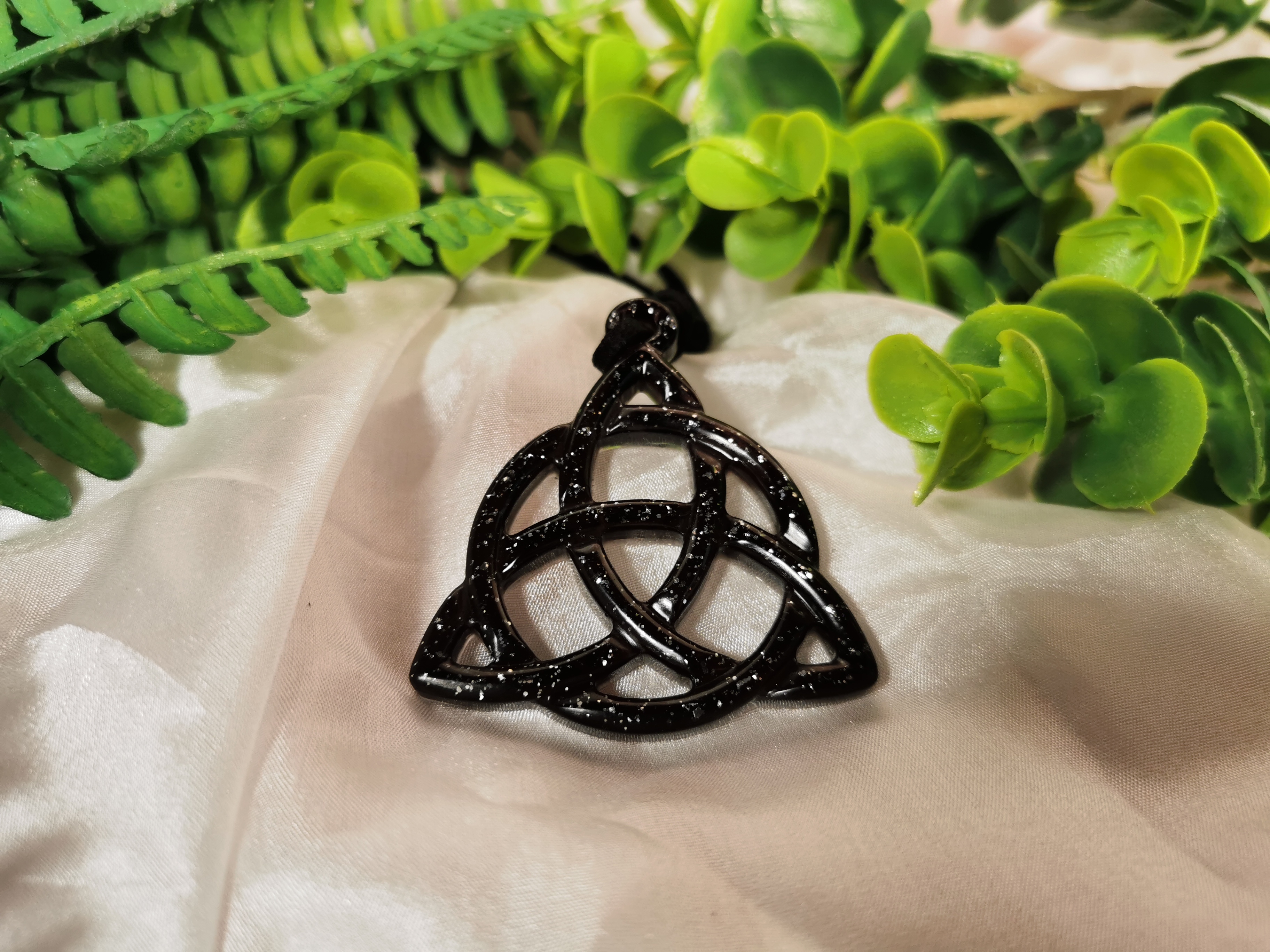
Modern Druids follow the spiritual path of Druidism, a tradition rooted in the ancient practices of the Druids of Celtic societies. This contemporary form of Druidism draws inspiration from the mythology, cultural heritage, and spiritual practices of the ancient Druids, adapted to align with the needs and understandings of people today.
Beliefs and Values
Modern Druids hold a diverse range of beliefs, but central to Druidism is a deep respect for nature and the interconnectedness of all life. They often embrace a polytheistic worldview, honouring various gods and goddesses from Celtic mythology, alongside an understanding that sees the divine in all aspects of the natural world. Key values among modern Druids include:
- Respect for Nature: Seeing the Earth as sacred, modern Druids actively promote environmental protection and sustainability.
- Community and Connection: They value community, both within human society and the wider web of life, fostering connections that support and nurture.
- Personal Growth and Wisdom: Druidism encourages continuous learning, self-reflection, and the pursuit of wisdom, understanding these as paths to personal and spiritual development.
- Peace and Harmony: Many modern Druids are committed to peace, seeking to resolve conflicts through conversation and understanding and promoting harmony within themselves, their communities, and the world.
Practices and Rituals
Modern Druids engage in a variety of practices that reflect their beliefs and values:
- Ceremonies and Festivals: Following the Wheel of the Year, Druids celebrate eight major festivals that mark the changing seasons, including the solstices, equinoxes, and the four Celtic fire festivals (Samhain, Imbolc, Beltane, and Lughnasadh). These celebrations are times for community gathering, reflection, and honouring the cycles of nature.
- Rituals: Ritual practices may include meditation, prayer, offerings, and ceremonies designed to develop a connection with the divine, ancestors, and the natural world.
- Environmental Activism: Given their respect for nature, many modern Druids are involved in environmental activism, working towards ecological sustainability and protection of the natural world.
- Study and Learning: The pursuit of knowledge, particularly about nature, spirituality, and Celtic history and mythology, is a significant aspect of modern Druidry. Many Druids are avid readers and researchers; some engage in formal studies through Druidic orders or other educational paths.
Community and Orders
Modern Druids often come together in groups known as groves or orders, which provide a community for worship, learning, and celebration. Some well-known Druidic orders include the Order of Bards, Ovates, and Druids (OBOD), The Druid Network, and Ár nDraíocht Féin (ADF). These orders offer structured study programs, facilitate ceremonies, and provide a sense of community for their members.
Druidism Today
In the contemporary world, Druidism is a path that allows individuals to explore spirituality, personal growth, and the mysteries of the natural world. Modern Druids come from various backgrounds and hold diverse views within the framework of Druidic principles. What unites them is a commitment to living in harmony with nature, a respect for ancient wisdom, and a desire to bring positive change to the world.
FAQs on Druidism
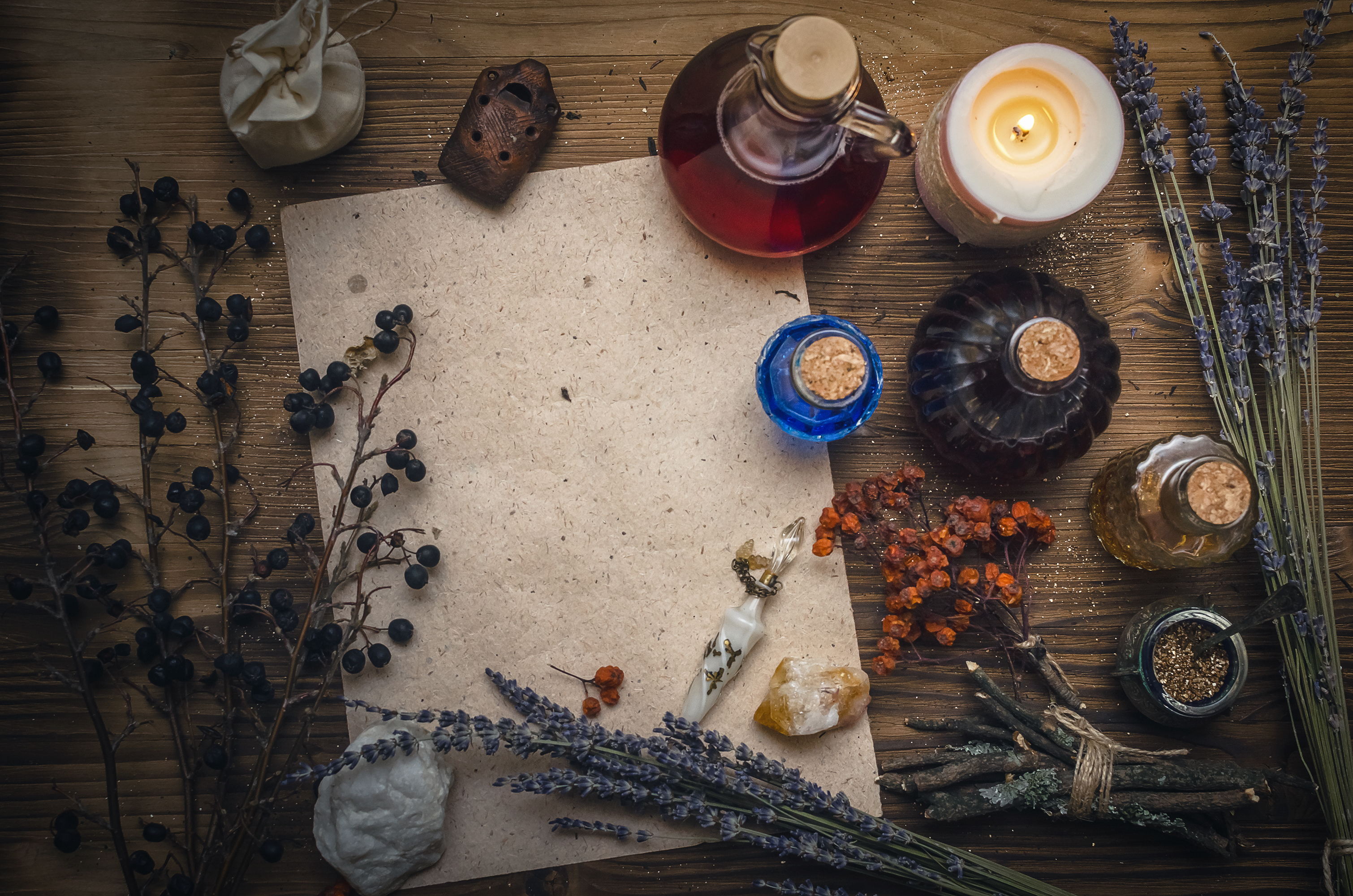
Are Druids Good or Evil?
Like any spiritual path, Druidism transcends simplistic notions of good and evil. It focuses on balance, harmony, and the interconnectedness of all living things.
Do Druids Follow a God?
Druids acknowledge multiple gods and goddesses while also perceiving the divine in nature itself.
What Do Modern Day Druids Believe?
Modern druids believe in the sanctity of nature, the importance of community, and the pursuit of wisdom. Their beliefs are as varied as the individuals who practice druidism, but these core values remain constant.
Do Druids Believe in the Afterlife?
Beliefs about the afterlife vary within the druid community. Many believe in reincarnation or some form of life after death, viewing it as part of the natural cycle.
Can a Woman Be a Druid?
Druidism is inclusive, and women play equal roles in all aspects of the practice, including leadership positions.
What Is the Druidism Symbol?
The most recognised symbol of druidism is the Awen, representing the inspiration and spiritual illumination that Druidry seeks to cultivate.
Recommended for you!
Best SellersDiscover Druidism with Centre of Excellence
Unlock the mysteries of ancient spirituality and connect deeply with the natural world through our Druidism Diploma Course at the Centre of Excellence.
What You'll Discover
- The Rich Tapestry of Druidic History: Unravel the threads of time to explore the origins and evolution of Druidism, from ancient Celtic roots to its modern resurgence. Gain a profound understanding of the historical context that shaped Druidic practices.
- Core Beliefs and Spiritual Practices: Delve into the heart of Druidism, learning about its polytheistic worship, reverence for nature, and the sacred rituals that mark the changing seasons. Understand how these practices foster a deep connection with the earth and the cycles of life.
- Pathways to Personal Transformation: Explore how Druidism promotes personal growth, wisdom, and harmony with the natural world. Discover how adopting Druidic principles can enhance your spiritual practice and daily life, encouraging mindfulness, creativity, and ecological responsibility.
Special Offer
In our commitment to nurturing transformative education for all, we're thrilled to present this enriching course at an exclusive discounted price of £29.

